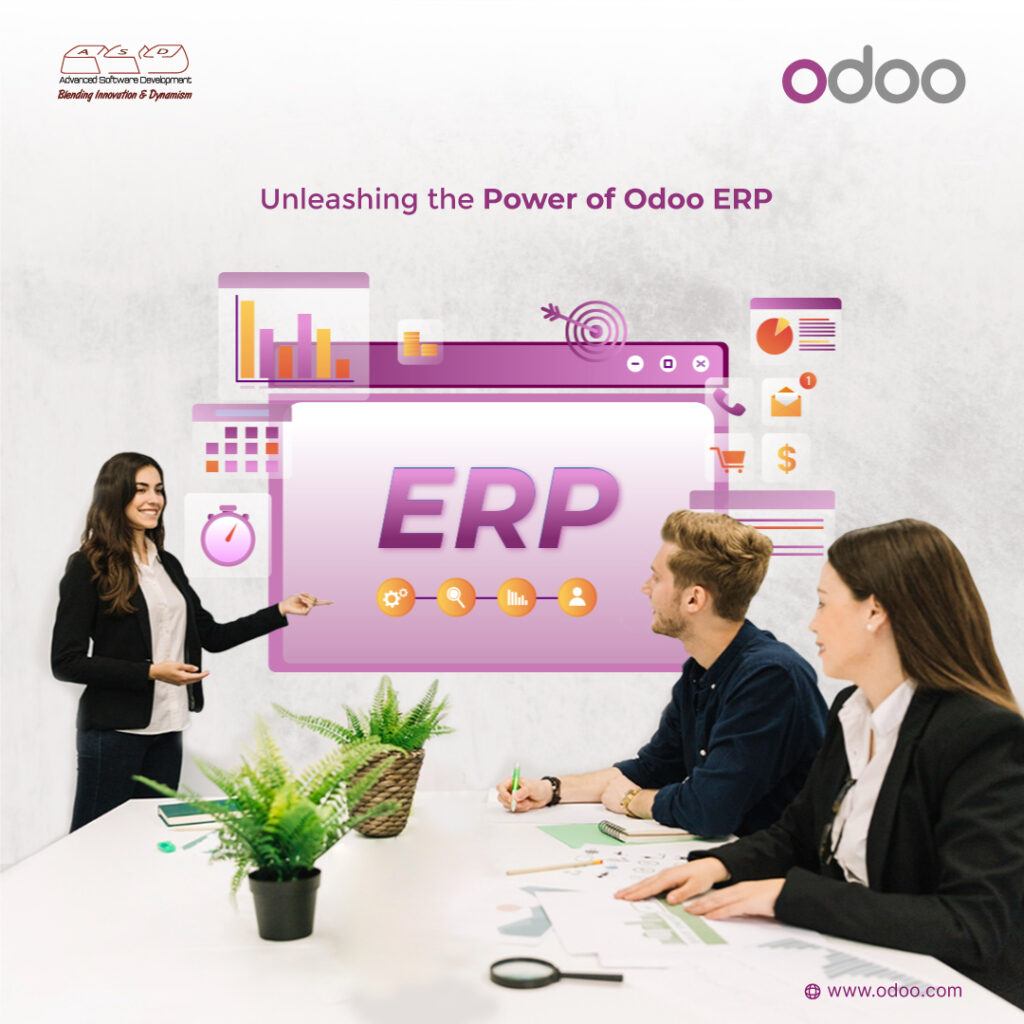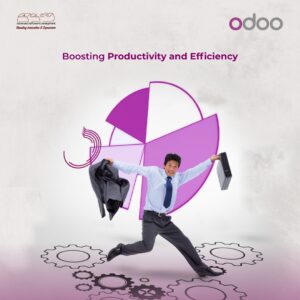In today’s fast-paced business landscape, efficiency, integration, and scalability are paramount for success. Enterprise Resource Planning (ERP) systems have emerged as vital tools in helping organizations streamline operations and enhance productivity. Among the various ERP solutions available, Odoo stands out for its versatility, comprehensive functionality, and user-friendly interface. This article provides a comprehensive overview of Odoo ERP and explores how it can transform businesses through real-world examples.
Understanding Odoo ERP
Odoo ERP is an open-source software suite that offers a wide range of business applications, including CRM, sales, inventory management, manufacturing, accounting, and human resources, all integrated into a single platform. This integration ensures seamless data flow across departments, reduces redundancy, and enhances overall operational efficiency. One of Odoo’s standout features is its modularity, allowing businesses to start with a few applications and scale up as needed.
Key Features and Benefits of Odoo ERP
- Comprehensive Integration
Odoo’s integrated approach means that all business processes are connected. For example, when a sales order is created in the CRM module, it automatically updates inventory levels in the Inventory module and generates an invoice in the Accounting module. This eliminates the need for manual data entry across multiple systems, reducing errors and saving time. - User-Friendly Interface
Unlike many ERP systems that can be overwhelming and complex, Odoo boasts a clean, intuitive interface. Users can easily navigate through the system, access the information they need, and perform their tasks efficiently. This user-friendliness reduces the learning curve and improves user adoption rates. - Scalability
Odoo’s modular structure allows businesses to start small and expand their ERP capabilities as they grow. A startup might begin with just the CRM and Accounting modules and add Manufacturing, HR, and Project Management modules as it scales. This flexibility makes Odoo suitable for businesses of all sizes and industries. - Customization and Flexibility
As an open-source platform, Odoo offers extensive customization options. Businesses can tailor the system to their specific needs, whether through configuring existing modules or developing new ones. This adaptability ensures that Odoo can meet unique business requirements without compromising on functionality. - Cost-Effective
Compared to traditional ERP systems, Odoo is cost-effective. The open-source nature of the software reduces licensing costs, and the modular approach allows businesses to pay only for the applications they need. This makes Odoo an attractive option for small and medium-sized enterprises (SMEs) with limited budgets.
Real-World Examples of Odoo ERP in Action
To better understand the transformative power of Odoo ERP, let’s explore some real-world examples of businesses leveraging Odoo to improve their operations.
Example 1: A Retail Business
A mid-sized retail company was struggling with inventory management and order processing. They used separate systems for sales, inventory, and accounting, leading to frequent stockouts, order delays, and inaccurate financial reporting. Implementing Odoo ERP transformed their operations. With the Inventory, Sales, and Accounting modules integrated, the company gained real-time visibility into stock levels, streamlined order processing, and ensured accurate financial records. Automated reordering reduced stock outs, and detailed sales reports provided insights into customer preferences, enabling better inventory planning and sales strategies.
Example 2: A Manufacturing Firm
A manufacturing firm faced challenges in managing production schedules, tracking raw materials, and maintaining quality control. They adopted Odoo’s Manufacturing module, which integrated seamlessly with Inventory and Purchase modules. This integration allowed for real-time tracking of raw materials, automated procurement processes, and efficient production scheduling. Quality control checks were integrated into the manufacturing workflow, ensuring that only products meeting the highest standards were shipped. As a result, the firm experienced increased production efficiency, reduced waste, and improved product quality.
Example 3: A Service-Based Company
A consulting firm needed a comprehensive solution to manage client relationships, project timelines, and billing. Odoo’s CRM, Project Management, and Invoicing modules provided a unified platform to handle all aspects of their operations. Consultants could track client interactions and project progress in real time, ensuring timely delivery and client satisfaction. Automated invoicing based on project milestones reduced administrative work and improved cash flow. This holistic approach enabled the firm to focus on delivering high-quality services while maintaining efficient back-end processes.
Implementation and Support
Successfully implementing an ERP system like Odoo requires careful planning and execution. Here are some steps to ensure a smooth transition:
- Needs Assessment and Planning
Begin with a thorough needs assessment to understand the specific requirements of your business. Identify the modules that will provide the most value and plan the implementation in phases to manage the transition effectively. - Customization and Configuration
Customize the selected modules to fit your business processes. This may involve configuring workflows, setting up user roles, and integrating with existing systems. - Data Migration
Migrate existing data to Odoo, ensuring data integrity and accuracy. This step is critical to maintaining continuity in operations. - Training and Support
Provide comprehensive training for your staff to ensure they are comfortable using the new system. Ongoing support and maintenance are also essential to address any issues and keep the system running smoothly. - Continuous Improvement
Post-implementation, continuously monitor the system’s performance and gather user feedback. Use this information to make necessary adjustments and optimize the system for better results.
Conclusion
Odoo ERP stands out as a versatile, user-friendly, and cost-effective solution for businesses looking to streamline their operations and improve efficiency. Its modular structure, comprehensive integration, and customization options make it suitable for a wide range of industries and business sizes. By leveraging Odoo ERP, companies can achieve real-time visibility into their operations, reduce manual workload, and make informed decisions that drive growth and success.
Implementing an ERP system is a significant step, and having the right partner can make all the difference. Whether you’re a retail business seeking better inventory management, a manufacturing firm aiming for efficient production, or a service-based company looking to streamline client management, Odoo ERP can provide the solutions you need to thrive in a competitive market.






